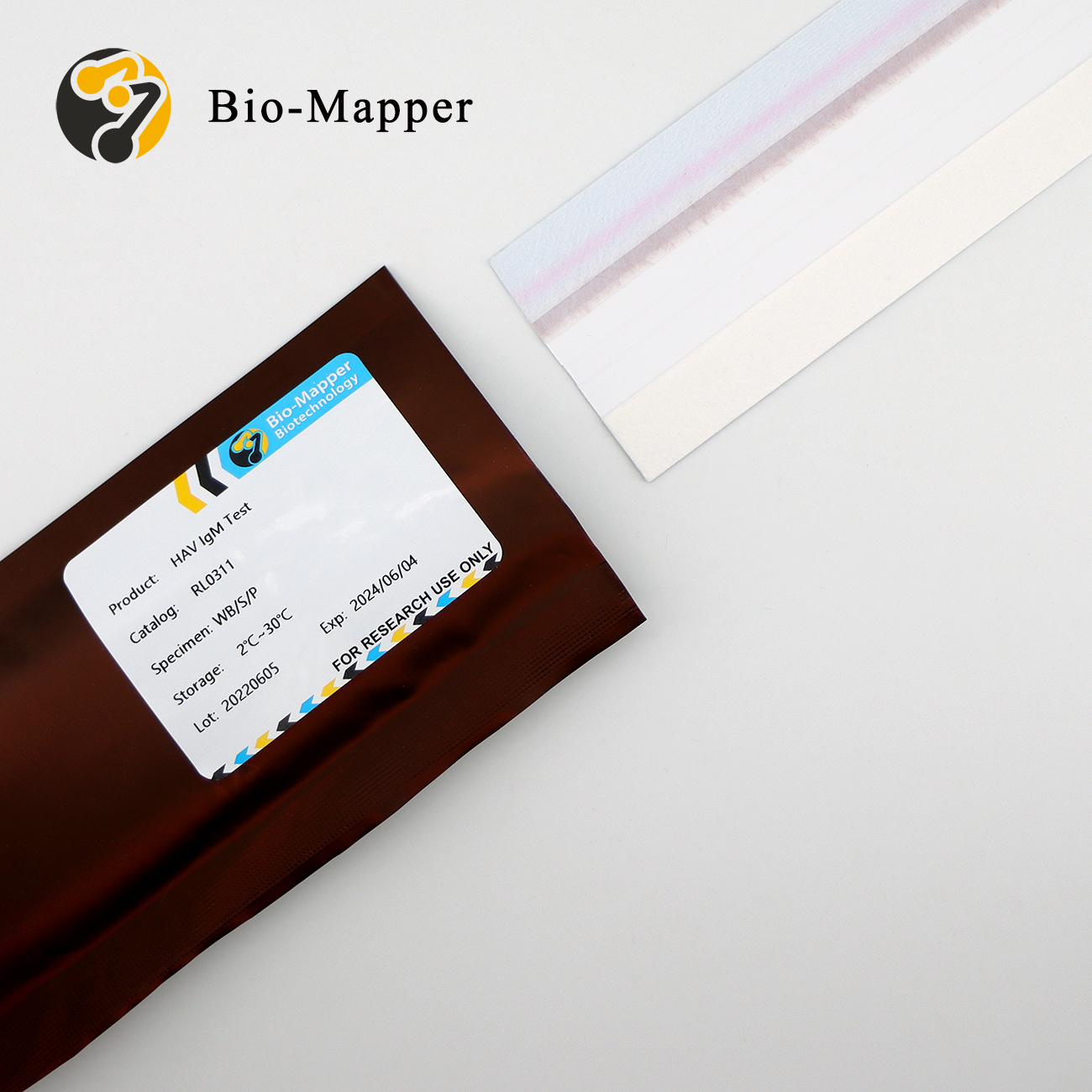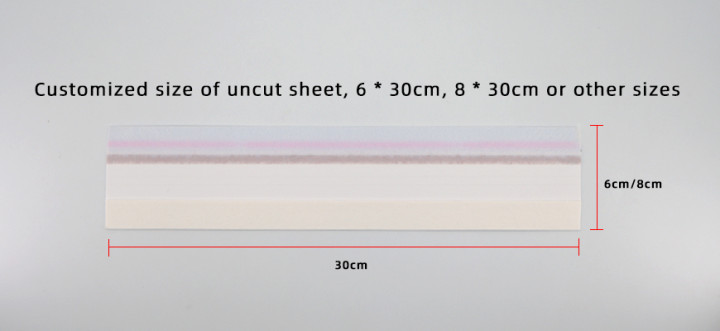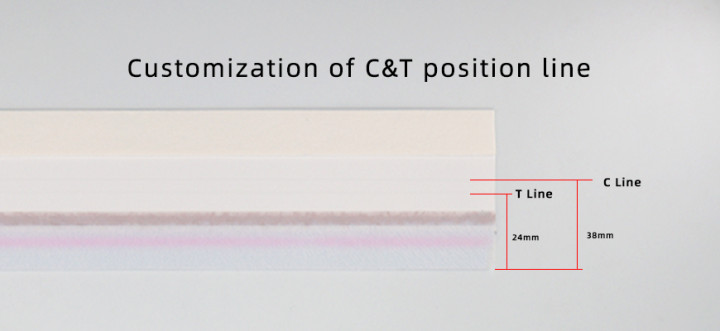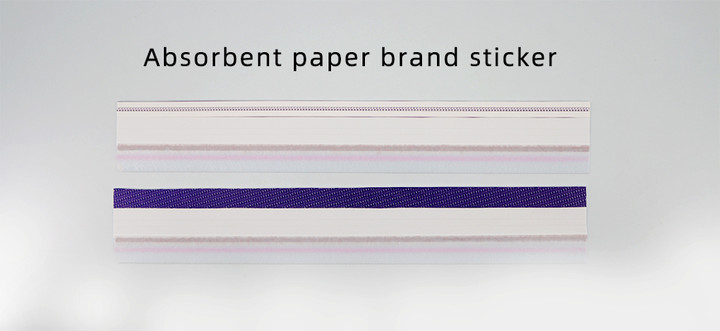Detailed description
Hepatitis A is caused by the hepatitis A virus (HAV) and is mainly transmitted by the fecal-oral route, mostly from patients. The incubation period of hepatitis A is 15~45 days, and the virus is often present in the patient’s blood and feces 5~6 days before the transcarbidine is elevated. After 2~3 weeks of onset, with the production of specific antibodies in the serum, the infectivity of blood and feces gradually disappears. During overt or occult infection of hepatitis A, the body can produce antibodies. There are two types of antibodies (anti-HAV) in serum, anti-HAVIgM and anti-HAVIgG. Anti-HAVIgM appears early, usually detected within a few days of onset, and the jaundice period peaks, which is an important indicator for the early diagnosis of hepatitis A. Anti-HAVIgG appears late and lasts longer, often negative in the initial stage of infection, and anti-HAVIgG positive indicates previous HAV infection and is often used in epidemiological investigations. The microbiological examination of hepatitis A is mainly based on the antigens and antibodies of the hepatitis A virus. Application methods include immunoelectron microscopy, complement binding test, immunoadhesion hemagglutination test, solid-phase radioimmunoassay and enzyme-linked immunosorbent assay, polymerase chain reaction, cDNA-RNA molecular hybridization technology, etc.












